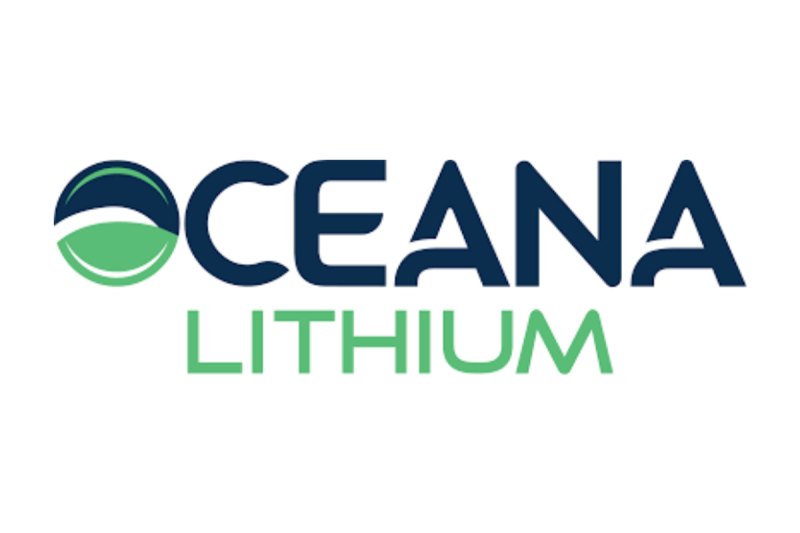The exploration of Uranium Potential at the Napperby Project has drawn attention from scholars, potential investors, and stakeholders alike. The project, located in Northern Territory, Australia, provides a significant investigative study within the global uranium mining industry. Particularly, because of its potential to generate a substantial amount of this highly valued nuclear fuel.
The Napperby Deposit’s uranium potential primarily emanates from its substantial geophysical attributes. It possesses an exceptionally large and shallow uranium mineralization identified within calcrete that covers a radius of 12.5 km2, with a thickness of up to 15 meters. This generous supply of uranium rich ore provides the Napperby Project with an enviable potential in uranium provision in the locale and beyond.
The promising uranium potential of the Napperby Deposit is also indicated by the considerable exploratory work that has been carried out in the zone. Geotechnical surveys have revealed the existence of carnotite mineralization, a conglomeration of potassium uranium vanadate, the key element in making nuclear fuel. Geological teams have also implemented radiometric surveys and drilling sequences, which have revealed the ore grade and volume of uranium in the project area. These findings have further authenticated the Napperby Project’s viability and potential for uranium mining.
Still, the depth and quality of uranium found at the Napperby Project is another compelling element pointing to its potential. The uranium deposit lies at a relatively shallow depth, which makes the mining process more cost-efficient and logistically practical. Furthermore, the Uranium present is of a high-grade quality, which produces a more efficient fuel source for nuclear power.
The use of innovative mining technologies and techniques, including In-situ Recovery (ISR), can also significantly increase the uranium potential in the Napperby Project. ISR, a method that leaves the surface untouched while pumping out uranium-laden groundwater, is not only an environmental triumph but also significantly reduces the cost of uranium extraction. It would also ensure better performance and longevity of the project, thus contributing to its potential uranium yield.
The Napperby Project shows a trend for potential development sites for future mining, thanks to the excellent infrastructural facilities in its vicinity. Key infrastructure including roads, rail and a nearby seaport make the logistics of uranium extraction and export more efficient and manageable.
The uranium potential at the Napperby Project is magnified by global energy trends. The demand for clean energy sources such as nuclear power is on the rise as countries seek to mitigate the environmental impacts of fossil fuels. This, in turn, drives the demand for uranium, further enhancing the potential for uranium mining and consequently, the profitability of the Napperby Project.
Political stability and supportive governmental regulations in Australia also contribute to the uranium potential of the Napperby Project. There are clear procedures and legal frameworks set by the Australian Radiation Protection and Nuclear Safety Agency and the Australian Safeguards and Non-Proliferation Office, which provide guidance on uranium mining and exports. Pro-mining policies by the government, paired with a reputation for political stability, add to the overall attractiveness of the Napperby Project.
The Uranium Potential at the Napperby Project is not only promising but also fundamentally solid, backed by substantial geophysical attributes, comprehensive exploratory work, high-quality deposits, advantageous mining techniques, suitable infrastructural facilities, growing global demand, and a stable political environment. All these factors indicate a bright future for the Napperby Project, making it one of the most promising ventures in the uranium mining industry.




